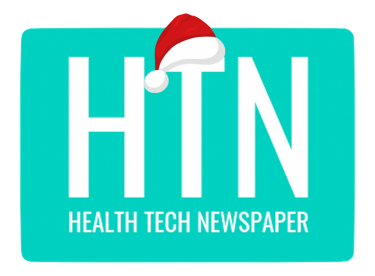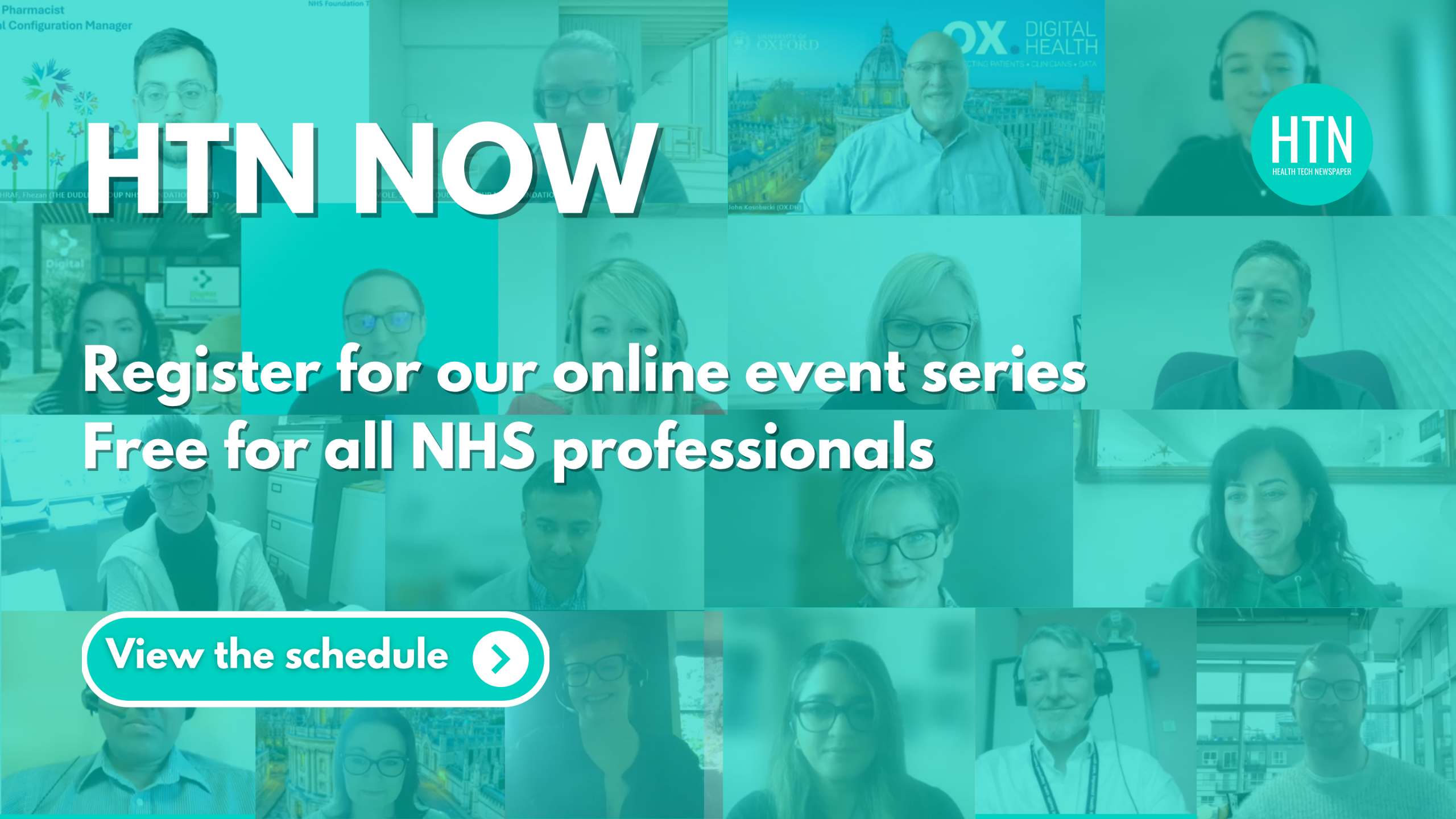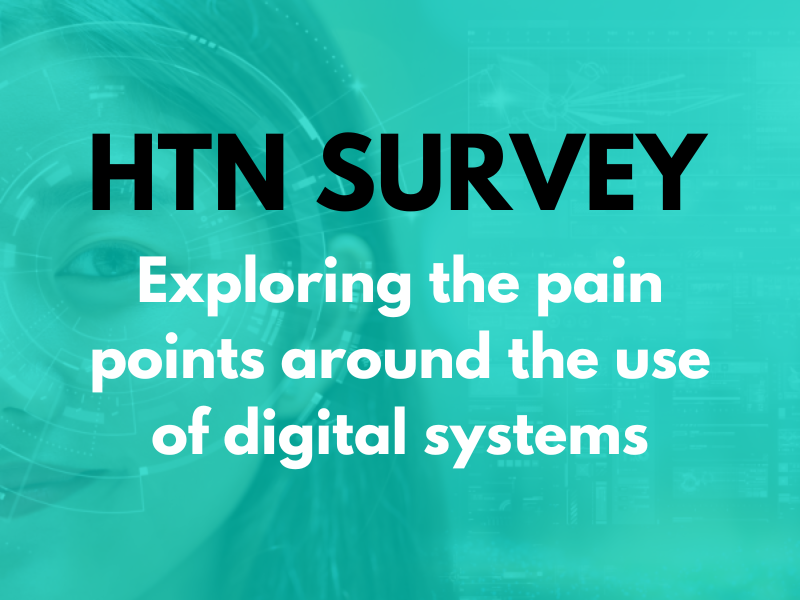For a recent interview, we caught up with Joe Waller, director at Aire Logic, to chat about the company’s “tech for good” approach to deploying software solutions, enterprise architecture, strategy, and product development solutions. Joe also shared with us some of the key factors in deciding and directing Aire Logic’s employee-owned and low-hierarchy structure, including its role in helping drive innovation and support collective decision making.
“We’ve been working in health and care for fifteen years,” Joe told us, “and that’s included work with trusts, as well as work at a national NHS level, where we’ve been involved in building a lot of the national NHS systems. We have expanded outside of health and care more recently, but we’ve remained very clearly a tech-for-good driven company – which essentially means we only work on projects that deliver social value.”
Other parts of Aire Logic’s portfolio include working on IT strategies for hospitals, or even for countries, Joe shared, “looking at the next 5-10 years, and often picking up those projects and building the systems that will create those visions”. Ultimately, there’s a strong focus on those working at the coalface in health and care, he went on, “whether that’s nurses, doctors, IT staff, or administrative staff”.
In terms of available services, Aire Logic’s work spans across Agile and DevOps, helping healthcare organisations to deliver digital transformation more rapidly; enterprise architecture, helping resolve challenges relating to existing technologies; and product development, through sister company Aire Innovate. In practice, solutions range from the design of simple forms to help increase efficiency in specific areas of service, to supporting the development of complex clinical pathways.
How Aire Logic’s low-hierarchy approach is helping boost innovation in health and care
“In 2007, we were involved in a variety of very large, multi-billion-pound public sector programmes, which we felt were really inefficient, and some of that inefficiency came from hierarchy,” Joe said, “which is necessary for such a large entity – we’re in a very privileged position to be able to implement low hierarchy.” The decision to go with low, rather than flat hierarchy, was also the result of observations of companies who had attempted this approach and “ended up with a dictatorship run by one or two founders”, according to Joe, “which was something else we were keen to avoid”.
Staying away from a purely profit-driven model was also important to the company’s development, Joe continued, “and our three principles are: good for patients and citizens, good for staff, and good for the company – which obviously does include making a profit, but that is the order we like to go about our business in, so the main focus is on what’s good for citizens, and what’s good for staff.”
Over the coming years the staff council will have an increasingly critical role in decision-making for Aire Logic, Joe told us, “some of those decisions are similar to those that shareholders might make, such as whether we branch out outside of health and care into any tech for good projects; some of those are much more operational decisions which shareholders wouldn’t usually influence – we have an EDI committee, a Green Guild, and many other groups who are tasked with driving the direction of the company in that regard.”
Technology is “increasingly allowing collective decisions to be made”, Joe said, proceeding to tell us about how Aire Logic has successfully built its own internal solutions like Aire Centre, which allows everyone to have an overview of current projects, areas of capability, current staff, and so on. “There you can see all of our current projects, and what we’re working on, like the national vaccination programme, which is probably our biggest piece of work at the moment,” he continued.
Supporting innovation in health and care
Joe went on to share with us some of the projects Aire Logic is currently working on in the health and care space and beyond, including many national NHS projects, work with individual hospitals and trusts on patient systems, and work with Leeds City Council, Derbyshire NHS, and the Department for Education. “We are increasingly moving towards a model where staff can use this overview of our current and upcoming projects within Aire Centre, and decide what they want to work on next,” he said. In addition AireCentre contains tools like a ‘Suggestion Engine’ which allows any member of staff to propose improvements to the company policies and processes, or good ideas to help the tech4good projects they are working on. Staff can then debate improvements through the engine and ultimately vote on those they would like to see move forwards.
“We also do a lot of work in academic research and on not-for-profit projects,” Joe continued, “where maybe a clinician has come up with an idea which would be great for patients, but which perhaps won’t make much money, so they’ve struggled to go through the traditional investment routes. I was a grant fund assessor for NIHR, and even for those nationally funded grants, commercial profit is something that’s required.”
One of those projects includes The Lancaster Model, who run assessments of school pupils, predicting whether they are going to have difficulties relating to health, mental health, wellbeing, and behavioural challenges. “They work with school nurses and local authorities to introduce preventative measures for those children,” Joe said, “and it’s all about catching those problems before they happen”. Aire Logic has “taken over and are now upgrading the technology platform that delivers this” he went on, “which runs on a loss-making basis, but when you look at the case for social value, it’s definitely making a difference”.
Joe described how early on in Aire Logic’s journey, they realised how even very simple solutions could make a massive difference. Early versions of their now more comprehensive low code EPR platform were implemented with Leeds Community Healthcare NHS Trust. Here Aire Logic took a few weeks to configure the initial version of a solution to help patients monitor symptoms, check whether they were following their advised diet, and determine whether they were improving, stabilising, or deteriorating. By taking the Functional Gut Disorder form and developing a simpler digital version of it using technologies such as image selection and skip logic to ensure patients only answered relevant questions, the team created a much more engaging way for patients to self-monitor. Results reportedly included a 57 percent decrease in appointments needed; along with a 54 percent decrease in referral length; and a time saving of up to 12 minutes per appointment. Today AireSuite can be used for sophisticated EPR solutions at a fraction of the cost of a traditional EPR and with much faster delivery times than custom built systems.
And Aire Logic is also working with Lifelight, which enables people to take their blood pressure and heart rate directly from their phone camera. “That is really revolutionary,” he said, “because at the minute you have to have a blood pressure cuff to do that. Likewise, in due course there will be functionality to measure blood oxygen levels, which would normally require a pulse oximeter, and we may even be able to do blood tests further down the road.” In the next couple of weeks, the company will be receiving CE Class II medical device certification, he continued, “which will really help to take that next step – in a few years, there could be a camera by the bedside which can take observations every minute, and pick up on deteriorations a lot faster”. We’d love to encourage Lifelight to explore making the technology “at-cost or free” for developing countries , where the cost of things like blood pressure cuffs may often act as a barrier.
The future of Aire Logic
Joe talked about how in five years’ time, Aire Logic’s employee-owned business model, and some of the experiments the company has tried in terms of collective decision-making, will have resulted in more confidence about future direction. “It is looking like we will have the opportunities in the next year or two to grow significantly ,” he said, “but whether we decide to grow really large will ultimately again be down to our staff”. To learn more about Aire Logic’s current projects and “tech for good” approach, please click here.





